Read in Bahasa IndonesiaMMI Scale (Modified Mercally Intensity)
MMI Scale (Modified Mercally Intensity) introduced by Giuseppe Mercalli in 1902. MMI is used to measure the extent of the damage caused by the earthquake. There is no way of accounting for this measure is determined based on the observations of people who have experienced or seen an earthquake. Because it is calculated based on the observations, the MMI scale is not the same in every place. The location was close to the epicenter (epicenter) should have a large-scale MMI.

I MMI
Not felt except by a very few under especially favorable circumstances. |
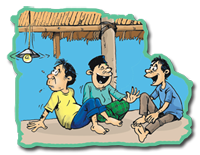
II MMI
Felt only by a few persons at rest, especially on upper floors of buildings. Hanged light object on the roof is swinging.
|
|

III MMI
Felt quite noticeably by persons indoors, especially on upper floors of buildings. Many people do not recognize it as an earthquake. Standing motor cars may rock slightly. Vibrations are similar to the passing of a truck. Duration estimated. |

IV MMI
During the day, felt indoors by many, outdoors by few. At night some awakened. Jar and dishes broken, windows and doors disturbed; walls make creaking sound. Sensation is like heavy truck striking building. Standing automobiles rocked noticeably.
|
|
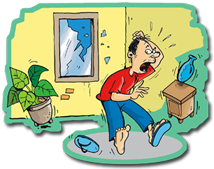
V MMI
Felt almost by all, the crowd woke up. Window glass and plaster wall broken, bounced goods, tall trees and large items seem to sway. Clapper can be stopped. |
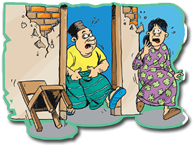
VI MMI
Felt by all, many frightened and run outdoors. Some heavy furniture moved; a few instances of fallen plaster and damaged chimneys. Slight damage is observed.
|
|
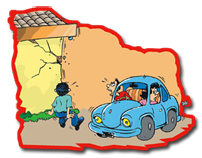
VII MMI
Everybody runs outdoors. Damage negligible in buildings of good design and construction; slight to moderate in well-built ordinary structures; considerable in poorly built or badly designed structures; some chimneys is broken. Noticed by persons driving cars. |
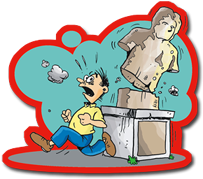
VIII MMI
Damage slight in specially designed structures; considerable in ordinary substantial buildings with partial collapse; great in poorly built structures. Panel walls thrown out of frame structures. Fall of chimneys, factory stack, columns, monuments, walls. Heavy furniture overturned. Sand and mud ejected in small amounts. Changes in well water. Persons driving cars disturbed.
|
|

IX MMI
Damage considerable in specially designed structures; well-designed frame structures thrown out of plumb; great in substantial buildings, with partial collapse. Buildings shifted of foundations. Ground cracked conspicuously. Underground pipes are broken. |
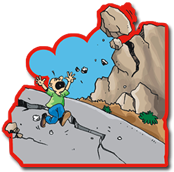
X MMI
Some well-built wooden structures destroyed; most masonry and frame structures destroyed with foundations; ground badly cracked. Rails bent. Landslides considerable from river banks and steep slopes. Shifted sand and mud. Water splashed, slopped over banks.
|
|
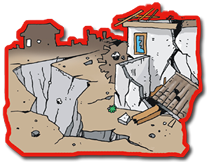
XI MMI
Few, if any, (masonry) structures remain standing. Bridges destroyed. Broad fissures in ground. Underground pipelines completely out of service. Earth slumps and land slips in soft ground. Rails bent greatly. |
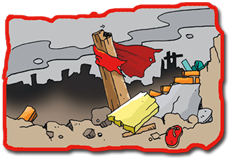
XII MMI
Damage total. Waves seen on ground surface. Lines of sight and level distorted. Objects thrown into the air.
|

